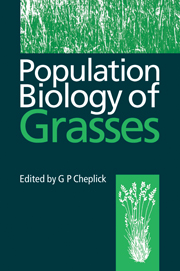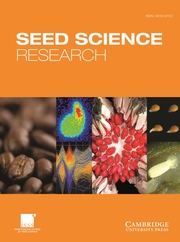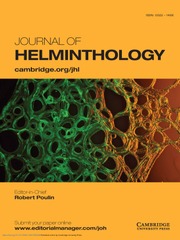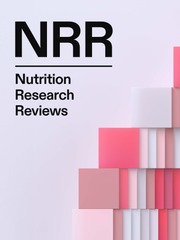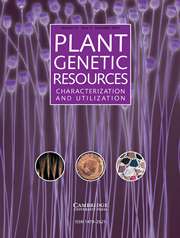Reproductive Versatility in the Grasses
Originally published in 1990, this text brings together a detailed review by acknowledged authorities of grass reproductive biology. Grasses are our most important plants whether for agriculture or conservation. Essential to contemporary awareness of grasses is an understanding of their role in sustaining ecologically fragile environments, and the relative importance of annual and perennial reproduction is examined here with particular reference to indigenous dryland grasses marginal to major deserts. Molecular biology and tissue culture allow us to intervene in reproductive systems and the issues include a fundamental revision of the concept of double fertilisation grass pollen in relation to human allergy and the prospects for developing wheat male sterility. The book concludes with an overview to assess how far evolution of the grass is coming under human control.
Product details
December 1990Hardback
9780521380607
310 pages
235 × 158 × 20 mm
0.625kg
Temporarily unavailable - available from May 2023
Table of Contents
- Preface
- List of contributors
- Acknowledgements
- 1. The grass family, Poaceae L. Watson
- 2. The spikelet W. D. Clayton
- 3. Ovule structure and diversity G. P. Chapman and J. Greenham
- 4. Fertilisation and early embryogenesis H. Lloyd Mogensen
- 5. Apomixis E. C. Bashaw and W. W. Hanna
- 6. Implications of reproductive versatility for the structure of grass populations A. J. Richards
- 7. An assessment of grass succession, utilisation and development in the arid zone M. D. Kernick
- 8. In Vitro technology P. A. Lazzeri, J. Kollmorgen and H. Lorz
- 9. Reproduction and recognitiion phenomena in the poaceae R. B. Knox and M. B. Singh
- 10. The widening perspective: reproductive biology of bamboos, some dryland grasses and cereals G. P. Chapman
- Organism index
- Subject index.


